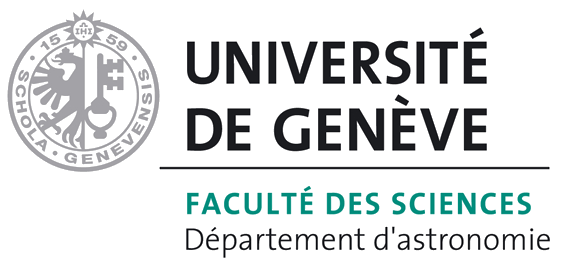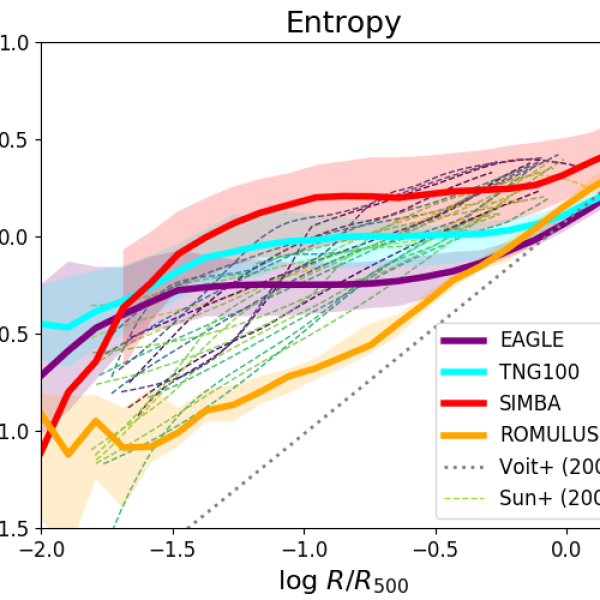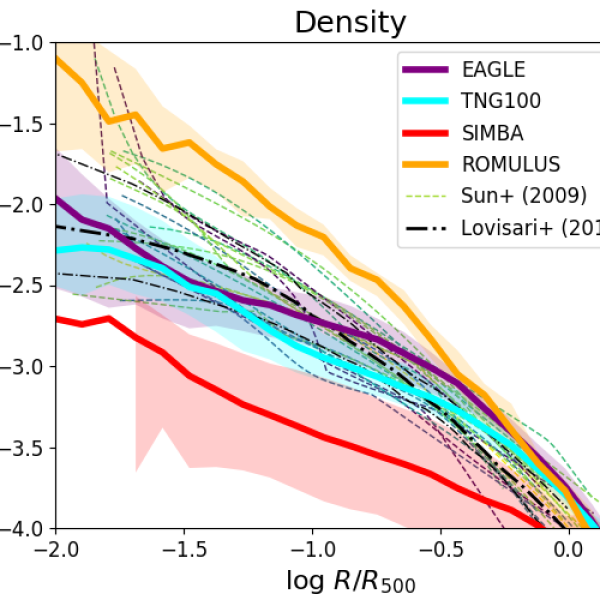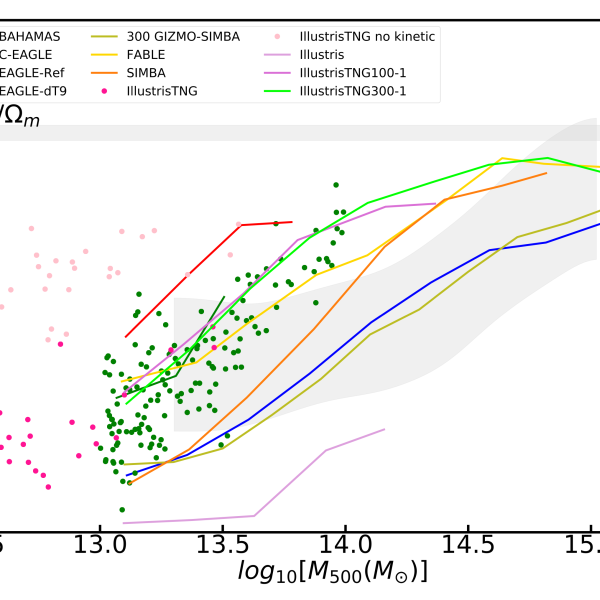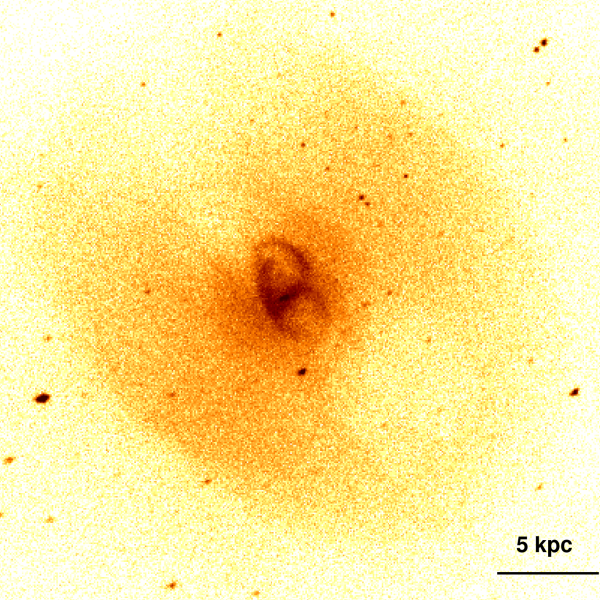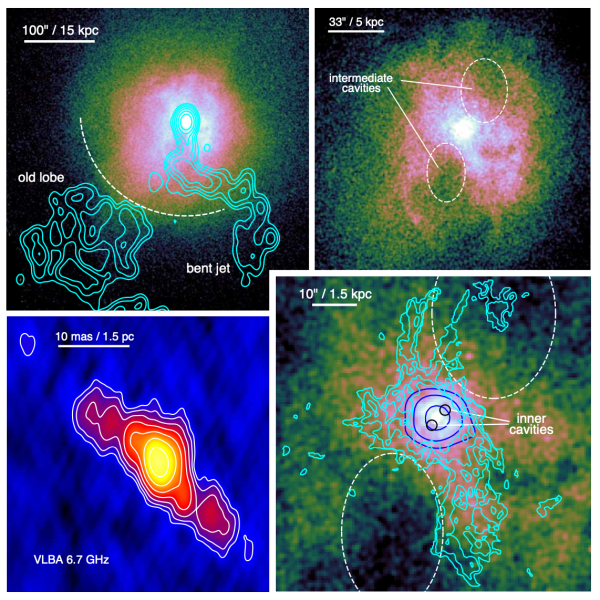Science case
The overarching goal of galaxy evolution models is to reproduce as closely as possible the properties of the baryonic content of the Universe and its evolution. In the past decade, feedback from active galactic nuclei (AGN), i.e. the self-regulated feedback cycle between central supermassive black holes (SMBH) and their host galaxies and halos, has emerged as the most likely solution to a wide range of issues in galaxy evolution. As shown in the case of NGC 5044 (Schellenberger et al. 2021), bubbles of energetic outflowing material associated with successive outbursts of the central SMBH expand into the surrounding medium, producing cavities in the hot gas distribution. The supersonic nature of the ejecta also induces shock waves propagating through the medium. These phenomena inject a large amount of energy into the medium, thereby preventing it from cooling and quenching star formation.
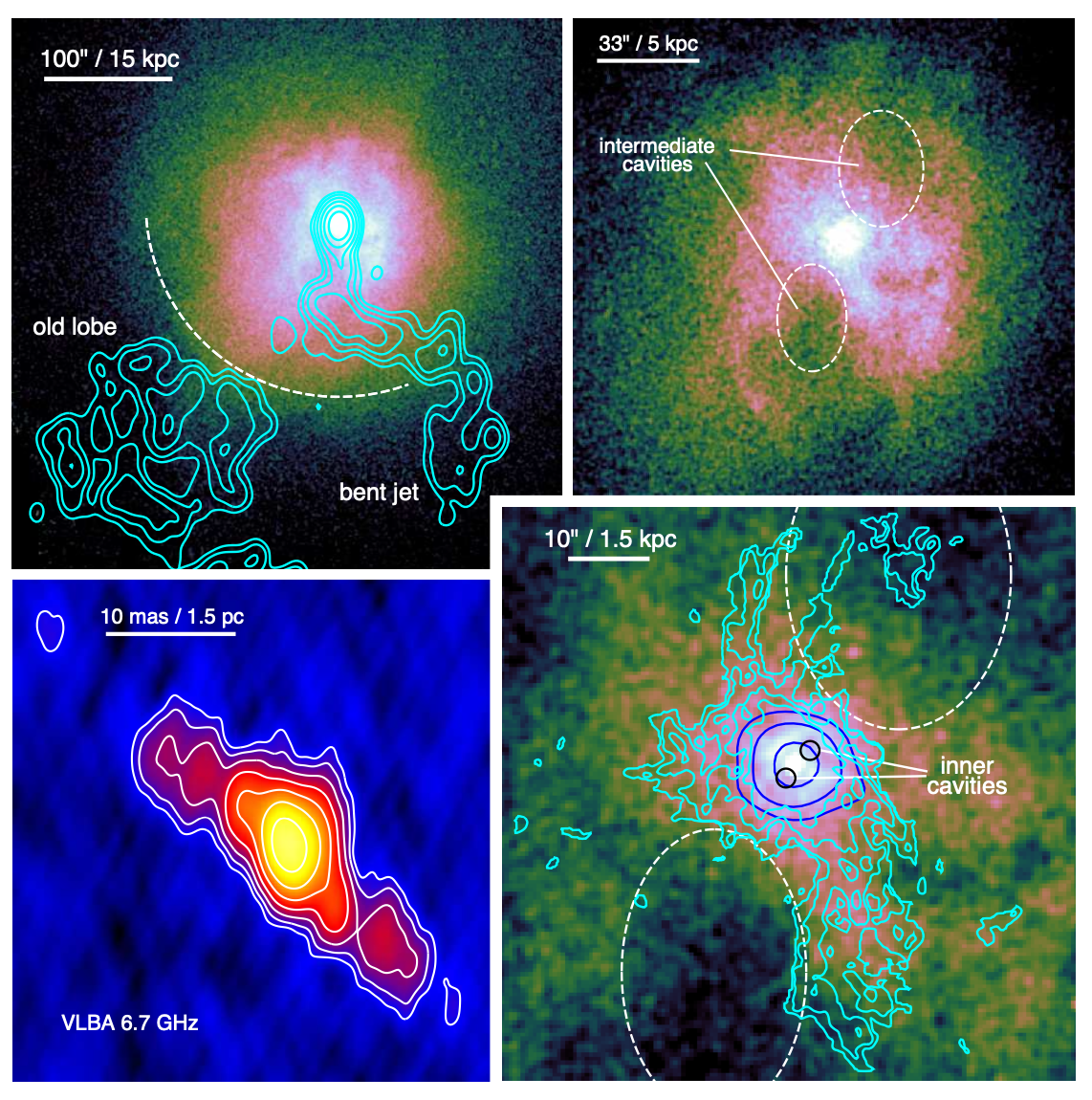
The hot gas content of galaxy groups, i.e. halos in the range 1013 < M500 < 1014 M⊙, is highly sensitive to the implemented feedback scheme, as the total feedback energy is comparable to the gravitational binding energy of the gas. Therefore, we expect the effect of AGN feedback to extend throughout the entire volume of these systems, and possibly even beyond their virial radius[41]. Below we show the thermodynamic profiles of simulated galaxy groups extracted from four state-of-the-art codes (EAGLE, Illustris-TNG, SIMBA, and ROMULUS, see Oppenheimer et al. 2021). The predicted properties of the IGrM largely differ from one sim- ulation to the other. Models with strong feedback such as SIMBA predict substantially lower gas densities and higher entropies than models with relatively weak feedback (e.g. ROMULUS).
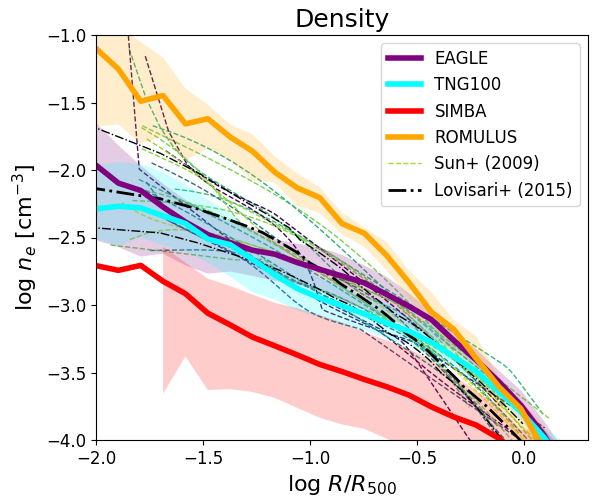

The discrepancies are echoed in the overall gas and baryon fractions within R500: while in the galaxy cluster regime (M500 > 1014 M⊙) the aforementioned codes predict very similar integrated gas fractions, in the group regime the predictions differ by up to an order of magnitude. This is shown in the figure below (from Eckert et al. 2021), which shows the gas fraction of massive halos within R500 as a function of the halo mass for a wide range of modern hydrodynamical simulations. In case the implemented feedback is very strong (e.g. Illustris), most of the gas is evacuated from the halo and the measured gas fractions are very low. Conversely, models implementing a more gentle feedback scheme such as EAGLE predict a high gas frac- tion within the halo. It is worth noting that these two simulation sets predict very similar galaxy populations. Therefore, modern simulation suites have little predictive power on the baryon content of groups, even when the properties of the galaxy population are accurately reproduced.
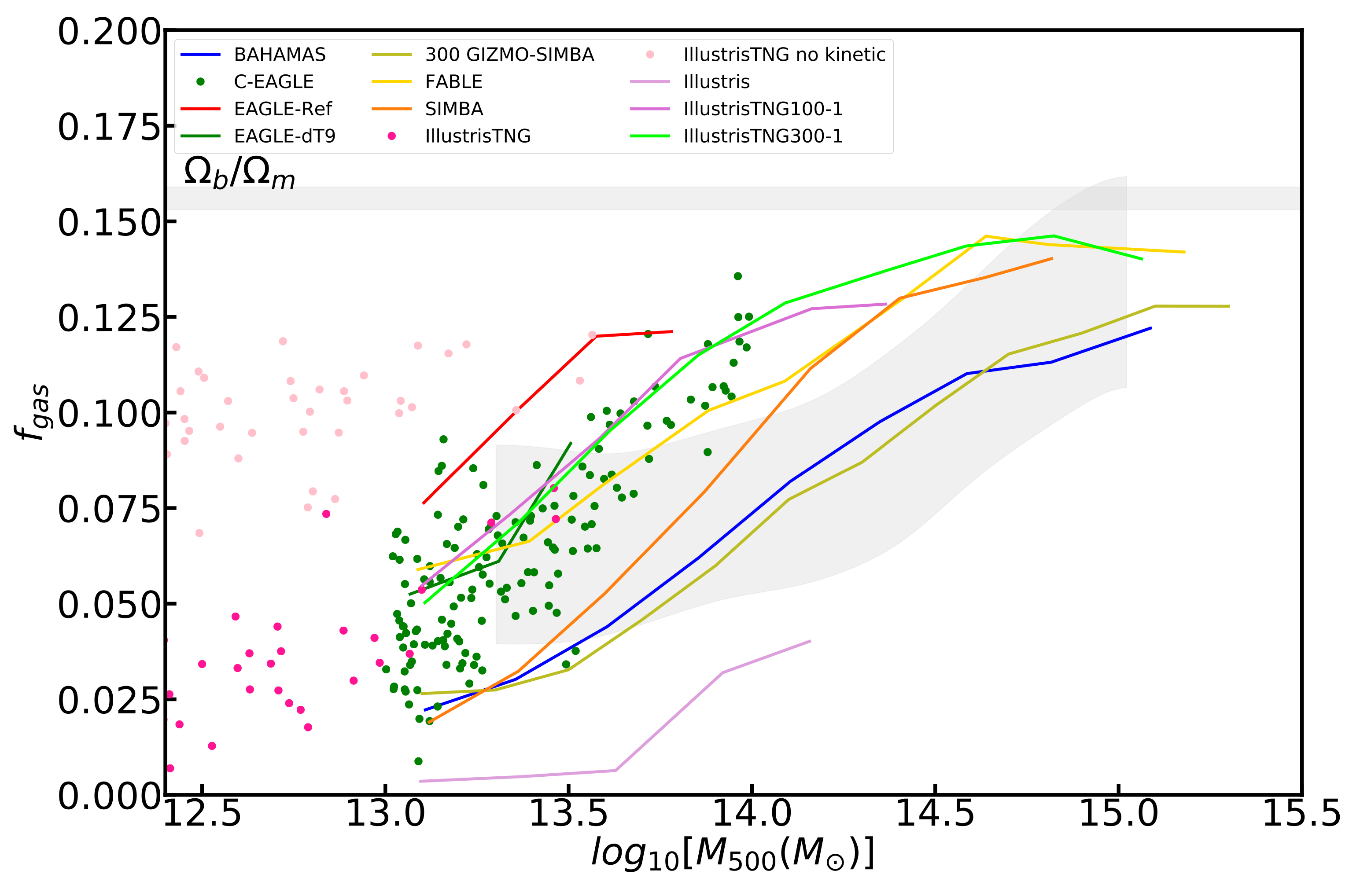
The programme targets a sample of 49 galaxy groups selected from the ROSAT all-sky survey and cross-matched with spectroscopic Friends-of-Friends groups from SDSS. We will gather for the first time a large, well-controlled galaxy group sample with measurements of thermodynamic profiles, hot gas fraction, and hydrostatic mass profiles out to at least half of the virial radius. The resulting thermodynamic and gas fraction profiles will be compared with the predictions of state-of-the-art simulations available to our team, which will in turn provide a crucial input for the implementation of AGN feedback into galaxy evolution codes.
